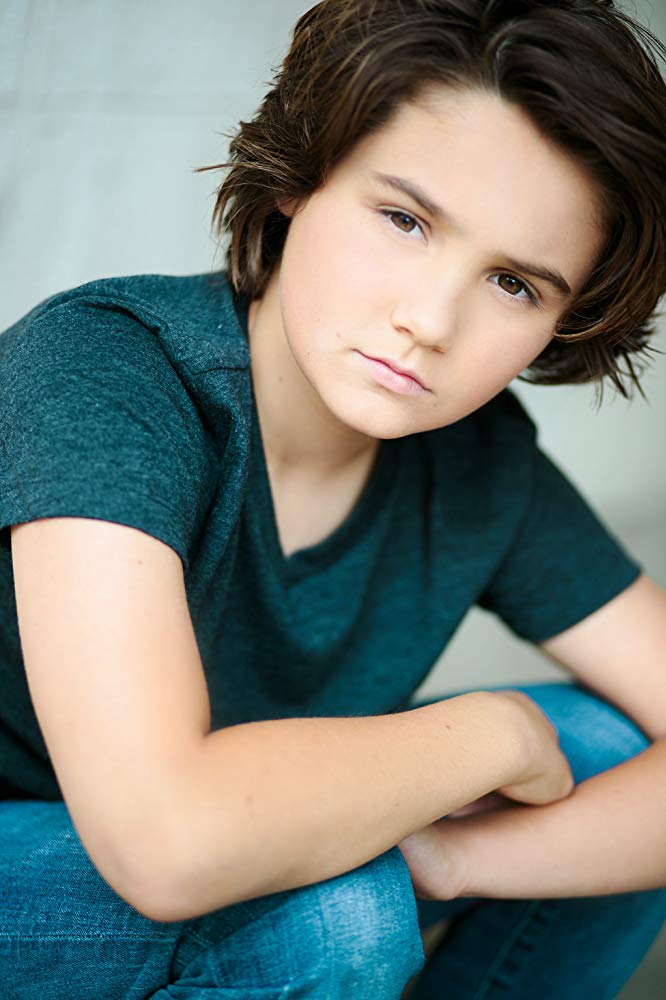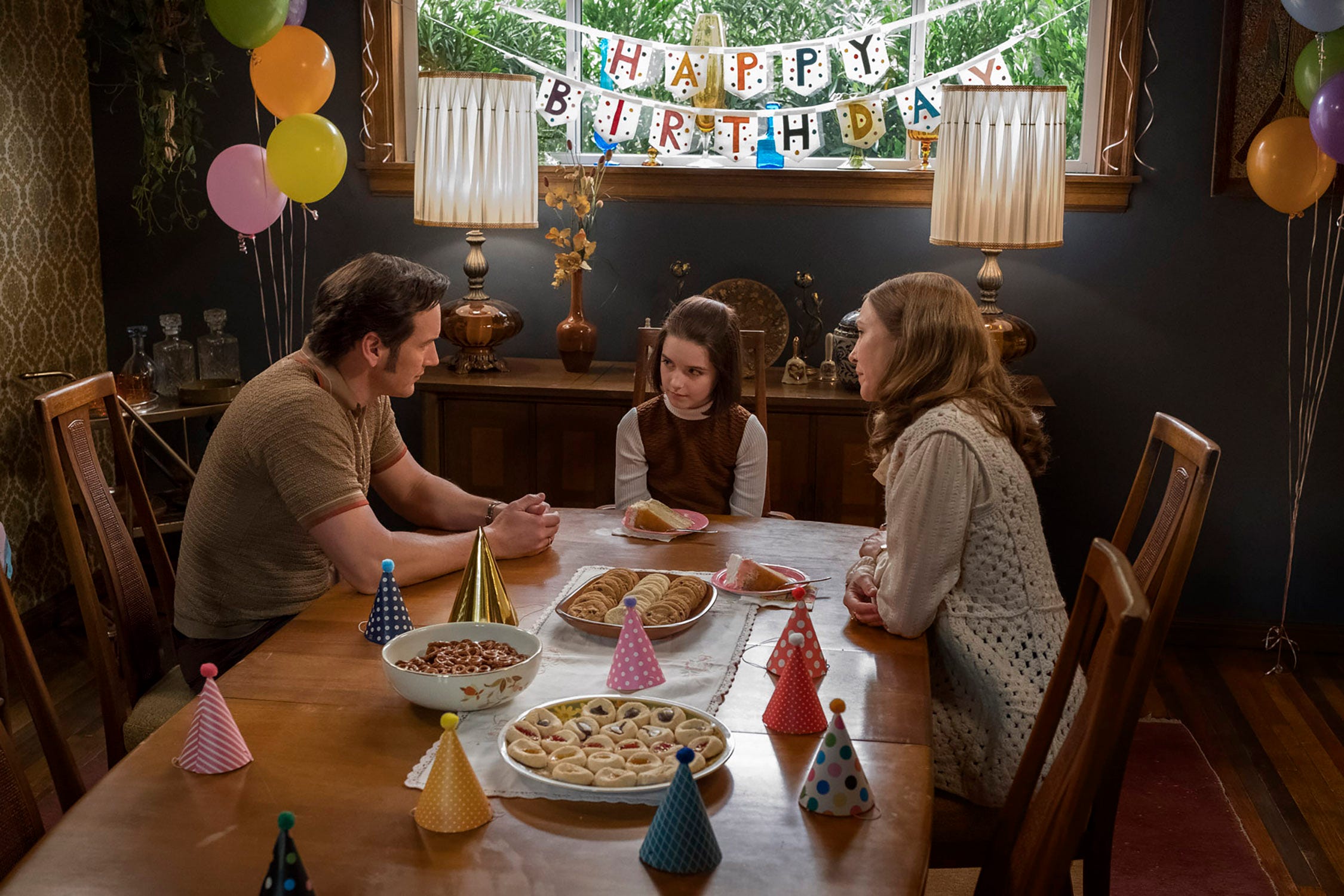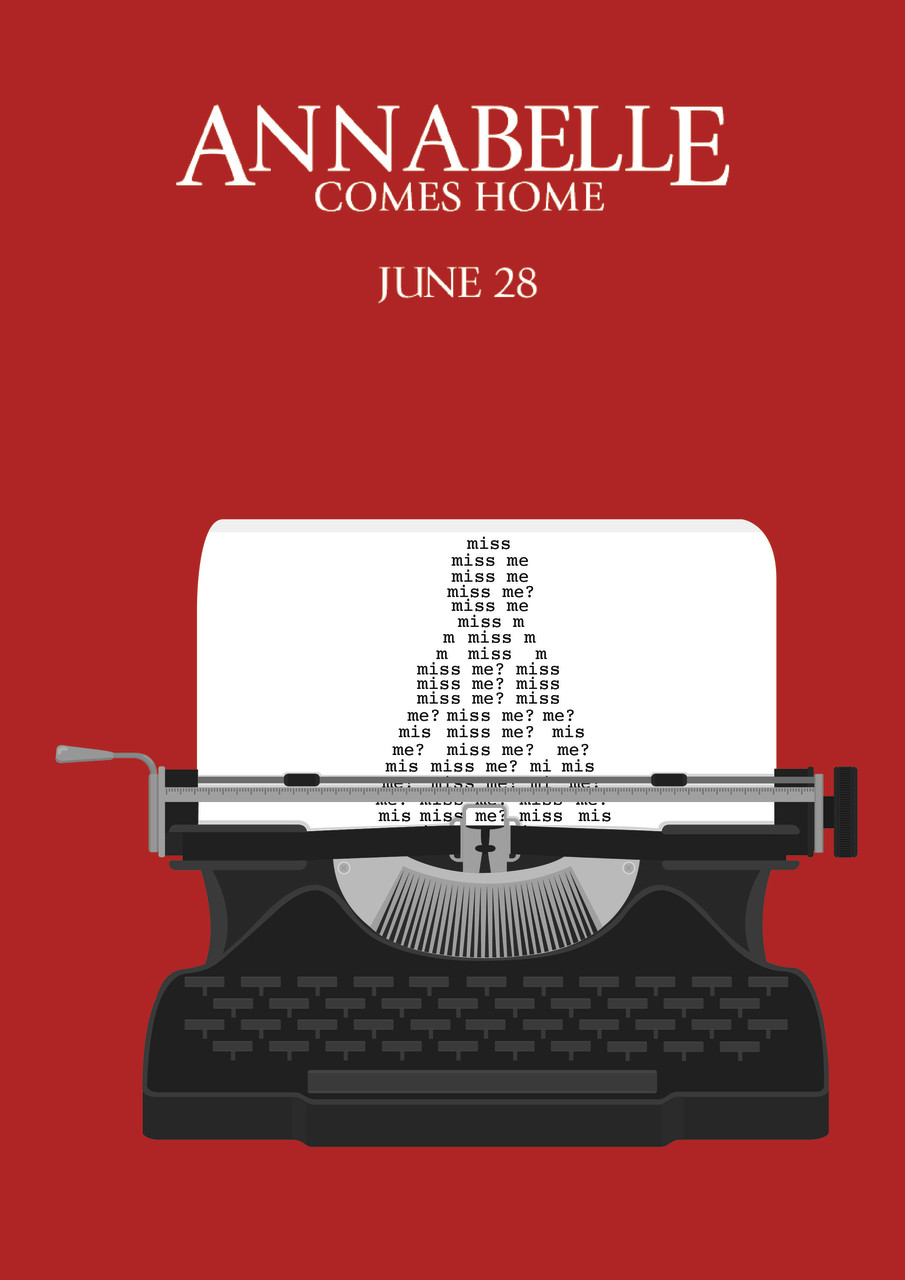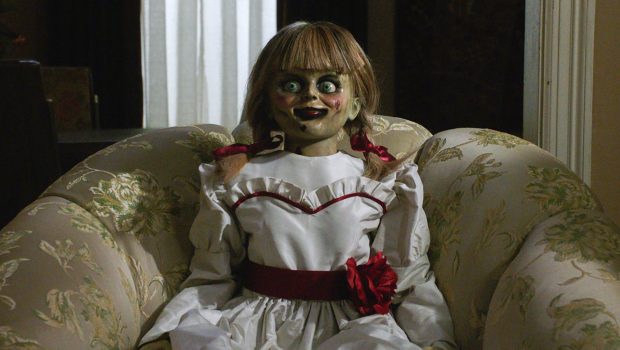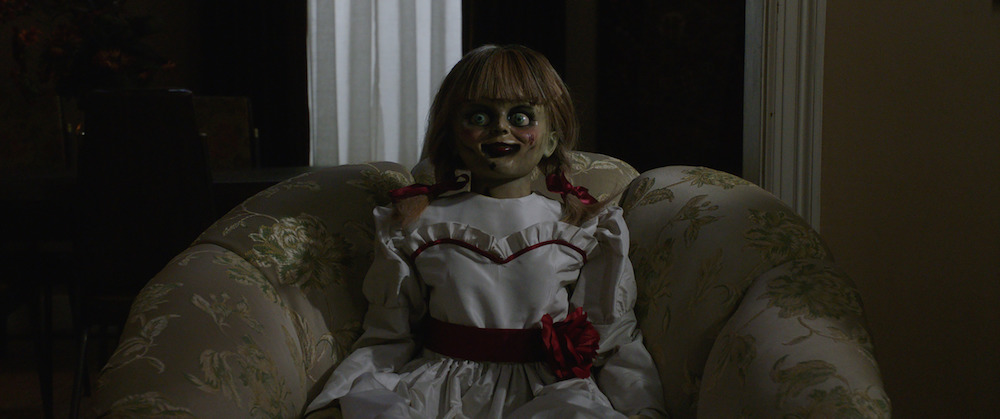Table of Content
Churchill described his life at Chartwell in the later 1930s in the first volume of his history of the Second World War, The Gathering Storm. "I had much to amuse me. I built ... two cottages, ... and walls and made ... a large swimming pool which ... could be heated to supplement our fickle sunshine. Thus I ... dwelt at peace within my habitation". Bill Deakin, one of Churchill's research assistants, recalled his working routine. As Hoare's presence indicated, Churchill's holidays were very rarely pure vacations. Roy Jenkins, in his study, The Chancellors, contrasted Churchill's approach to holidaying with that of his then boss, Stanley Baldwin. On 26 September 1927, Churchill composed the first of his Chartwell Bulletins, which were lengthy letters to Clementine, written to her while she was abroad.

Many books were gifts from other world leaders and dignitaries. The gardens surrounding the house comprise 8 hectares , with a further 23 hectares of parkland. They are predominantly the creation of the Churchills, with significant later input from Lanning Roper, Gardens Adviser to the National Trust. The Victorian garden had been planted with conifers and rhododendrons which were typical of the period. The Churchills removed much of this planting, while retaining the woodlands beyond.
Butterflies and bees at Chartwell
They are also going to make some slight structural changes to return the house to how it was originally when Churchill lived there but, also improve the flow for visitors. The house is currently set up like it would have been in the ‘30s during Churchill’s ‘Wilderness years.’ This was the period of time that he was out of power and considered a political outcast. He had lots of free time on his hands, and he spent it sculpting the house and the landscape to his liking. These were his most prolific years in writing, and it was a factory for his bestselling books. The National Trust, which currently owns and manages the house, wants the house to have a lived-in feel, a snapshot in time when Churchill was in his darkest place.
The current occupant of the office is Jock VI who took over from his predecessor in 2014. The current Jock is a rescue who loves living at Chartwell, though he’s prone to mischief. Apparently, he likes to hide under Lady Churchill’s bed, which makes him a naughty kitty as they’re silk antiques. Churchill employed eight secretaries in the house – it’s how he managed to write so many books.
All Creatures Great and Small: The Animals of Chartwell
Daily volunteer-led highlight tours of the House, Monday-Friday. Exclusive, seasonal National Trust ranges for home and garden, Chartwell memorabilia, wide range of books, plants and souvenirs. Out of some old places I have seen, this definitely feels homely from the photos. So if photos can pick that feeling up goodness knows how much I would admire walking round it. Two very different houses with one very important link – a man who certainly earned his title of greatest ever Briton.
This is a personal blog written and edited by me, Gretta Schifano. Sometimes I’m given products or sent on trips to review, but I always make this clear and give my honest opinion. There are various other UK museums and exhibitions relating to Churchill. Another room, one of my favourite rooms in Chartwell is the Library.
Churchill
So much so that their children wanted to create something beautiful for their parents. Winston and Clementine were about to celebrate their golden wedding anniversary. A collection of 28 different species of golden roses were planted, creating the most beautiful “golden avenue”. The pathways led to a central area, with seating and a Victorian sundial. It is a gorgeous stroll through them, and I can only imagine how amazing it must have been to sit amongst them on a balmy summers evening. Around an hours drive from London, it is easily reached by car.

He received many gifts from all over the world after the war, and the notable pieces are on display throughout the house . A bit of trivia, they don’t actually own Churchill’s Nobel Prize, but at the time of publication, they were close to securing the funding. Churchill’s love of painting was a huge part of his life and provided some relief from the periodic bouts of depression he famously referred to as his ‘black dog’. In the 1930s Churchill converted a cottage on the property into an art studio and throughout the rest of his lifetime completed up to 500 paintings, many of which are now owned by universities, museums and private collectors. Our current monarch Queen Elizabeth II has one of Churchill’s paintings in her private collection.
Chartwell
At the time the house was advertised as featuring five reception rooms, nineteen bed and dressing rooms, eight bathrooms and eighty acres of land. Wealthy friends of Churchill bought Chartwell for the National Trust in 1946 on the condition that Churchill and his family could live there until their deaths. It was presented to the public in 1966, one year after Churchill’s death. Chartwell has become among the National Trust's most popular properties; in 2016, the fiftieth anniversary of its opening, 232,000 people visited the house. In that year the Trust launched the Churchill's Chartwell Appeal, to raise £7.1M for the purchase of hundreds of personal items held at Chartwell on loan from the Churchill family.
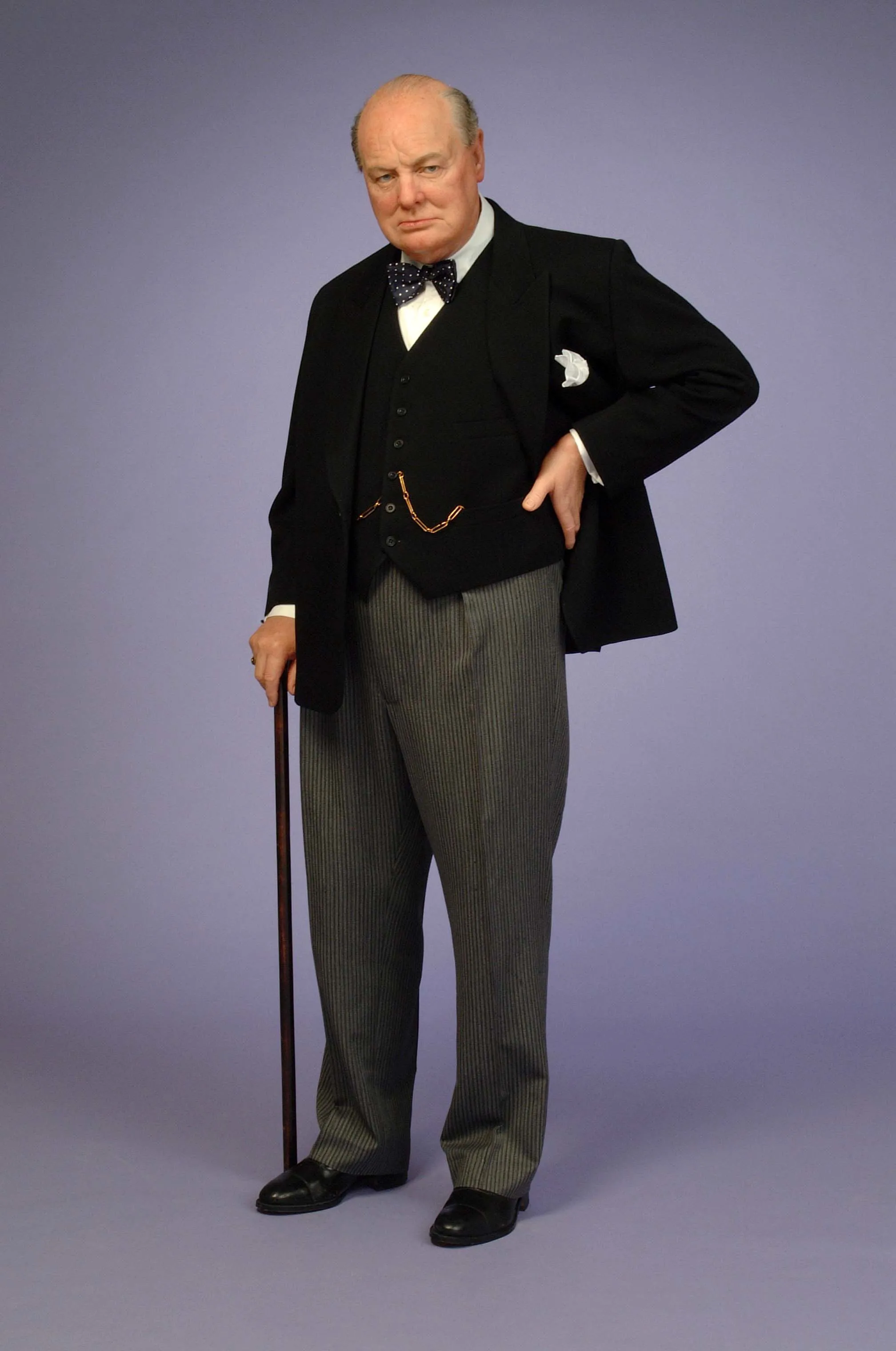
Churchill wanted to make the place a haven for his children, and he had a habit of doing nice things for them – like putting in a treehouse. The entire Chartwell estate was an expression of his personality and love for his family. The Cabinet War Rooms were the British government’s secret, underground headquarters in London during WWII. Together with a museum dedicated to Churchill the War Rooms are now open to the public and are run by the Imperial War Museum. There are children’s and adult’s audio guides available and you can see how the staff here worked and lived underground. The gardens include a round, spring-fed pool which was heated for swimming when the Churchills lived at Chartwell.
Greater destruction occurred in the woodland surrounding the house, which lost over seventy percent of its trees. On 5 April 1955, Churchill chaired his last cabinet, almost fifty years since he had first sat in the Cabinet Room as President of the Board of Trade in 1908. The following day he held a tea party for staff at Downing Street before driving to Chartwell. On being asked by a journalist on arrival how it felt no longer to be prime minister, Churchill replied, "It's always nice to be home". For the next ten years, Churchill spent much time at Chartwell, although both he and Lady Churchill also travelled extensively. His days there were spent writing, painting, playing bezique or sitting "by the fish pond, feeding the golden orfe and meditating".

The studio contains the largest collection of Winston Churchill's paintings surrounding you as you enter. His paints are still laid out with a canvas waiting for completion. Explore the beloved home of one of Britain's greatest politicians, Sir Winston Churchill. The house has many treasures and provides an intimate portrait of the Churchill family. The house at Chartwell will be lavishly decorated for Christmas and you can learn about the different festive traditions the Churchills shared with friends and family over the years.
But Winston was a canny operator, he enlisted his children to fall in love with it first then brought Clemi to get her to love it. Chartwell caused constant financial problems and Churchill spent £18,000 doing it up. A perfect example of putting more money into something than it was worth. It didn’t help that Churchill would be a difficult client and change his mind often. At Chartwell Churchill was very fond of his pet ginger cat, Jock.









